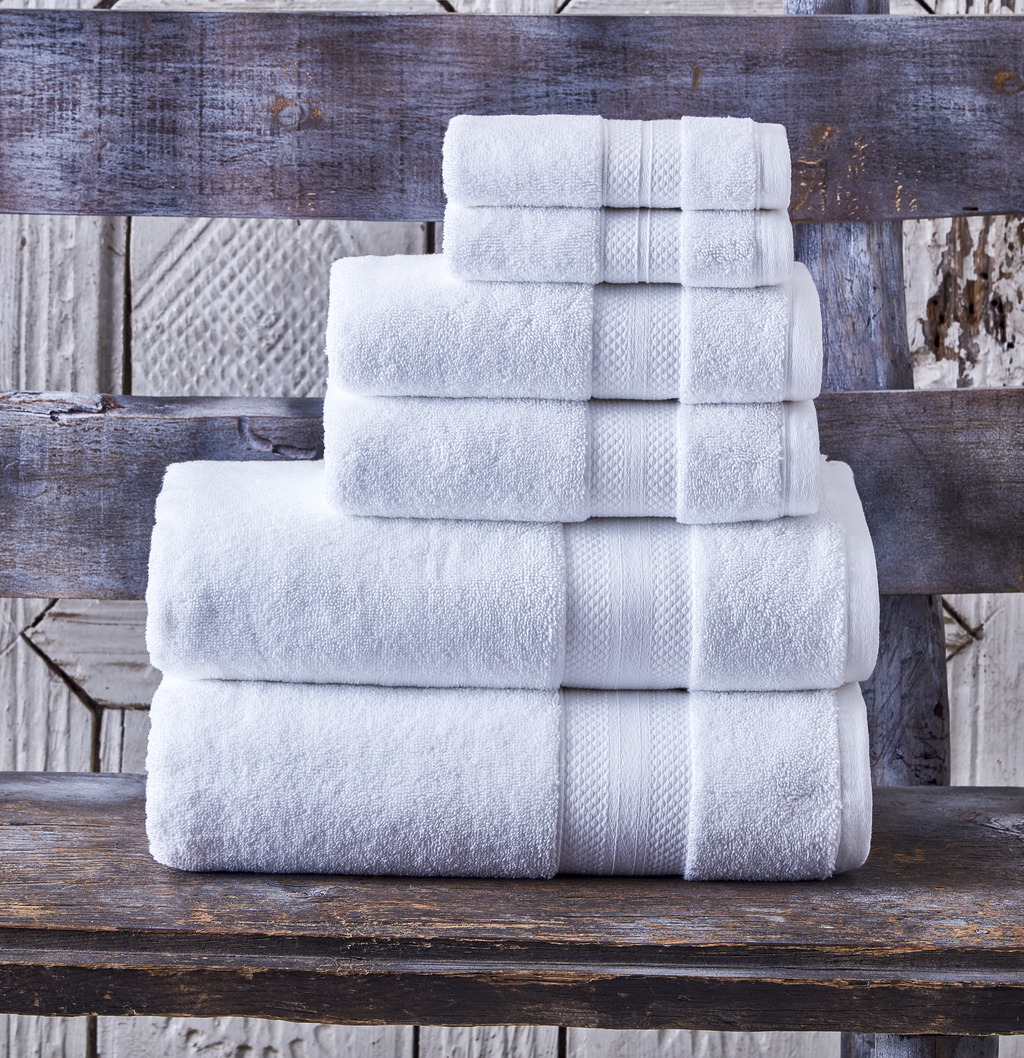Towels, those soft and absorbent companions of our daily lives, are the result of a fascinating textile manufacturing process. Behind their plushness and comfort lies a meticulous art of weaving and dying that brings forth an array of textures and designs. From traditional dobby and jacquard knit techniques to the creation of terry towels, terry velour, and colored towels, let’s unravel the secrets of towel textile manufacturing.
Weaving Techniques: Dobby and Jacquard Knit
Dobby Weave: The dobby weave is a classic method used to create textured patterns and small designs on the towel surface. It involves using special looms with a dobby mechanism that controls the raising and lowering of warp threads. This versatility allows for various patterns, such as stripes, checks, and simple geometric designs, to be woven into the towel.
Jacquard Knit: The jacquard knit is a more intricate technique that produces complex and detailed patterns on towels. This process utilizes jacquard looms equipped with punch cards or digital control systems to independently control each warp thread’s position. Jacquard towels showcase elaborate designs, logos, or images, making them ideal for upscale and personalized products.
Terry Towel and Terry Velour: The Difference in Texture
Terry Towel: Terry towels are well-known for their looped pile texture, which enhances their absorbency. These loops create extra surface area, allowing the towel to efficiently soak up moisture from the skin. The process involves an additional warp beam for the pile yarn, and specialized looms ensure the precise formation of loops.
Terry Velour: On the other hand, terry velour towels offer a luxurious twist on the traditional terry towel. After weaving, the loops on one side of the towel are sheared to create a velvety, plush surface. This results in a smooth and soft texture, ideal for a more upscale and indulgent feel.
Processes and Techniques
Yarn Dyed: In the manufacturing of colored towels, the yarn is dyed before being woven into the fabric. This allows for a wide range of vibrant and solid colors in the final product. Colored towels are a popular choice for consumers who seek towels in specific shades to match their preferences or home decor.
Weaving Process: The weaving process involves interlacing the dyed yarn to create the towel fabric. Specialized looms are used to ensure the correct tension and precise weaving pattern for different towel types and designs.
Cutting Process: Once the dyed yarn is ready, it goes through the cutting process, where the loops on the terry towel’s surface are evenly trimmed to create a uniform pile height. In terry velour towels, one side is sheared to achieve the velvety surface.
Conclusion
The journey of towel textile manufacturing is a captivating blend of weaving techniques, dyeing processes, and attention to detail. From the classic dobby and jacquard knit patterns to the comforting terry towels and luxurious terry velour, every step is guided by the pursuit of creating the softest, most absorbent, and visually stunning towels. As we dry ourselves with these masterpieces of textile manufacturing, we can truly appreciate the artistry and craftsmanship that goes into bringing comfort and delight to our everyday lives. So the next time you wrap yourself in a plush, colored towel or admire the intricate designs on a jacquard-knit masterpiece, remember the intricate process that makes these towels a true work of art.

